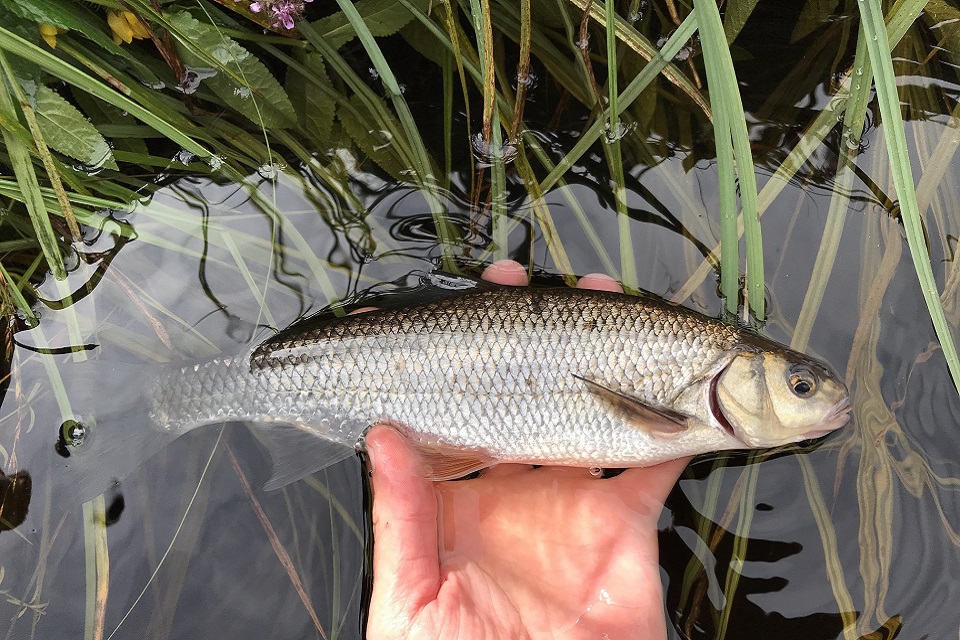Press release: Hoteliers and haulier fined after waste illegally dumped to extend hotel car park
Three North East men have been ordered to pay over £10,000 for illegally landfilling waste after a successful prosecution by the Environment Agency
David Bradley (57) and Alan Bradley (64), the brothers and joint owners of Hardwicke Hall Manor Hotel, near Blackhall in East Durham were fined £3,855 & £971 respectively. The haulier, Alan Waggott (53) of Howden-le-Wear, near Crook was fined £6,007 after appearing at Newton Aycliffe Magistrates Court today (15 August) where they pleaded guilty to various environmental offences.
Chris Bunting, prosecuting told the court that in September 2016 Environment Agency officers attended the hotel and found part of the car park, which is close to a watercourse, covered in various waste materials. Enquiries revealed that the edge of the car park had suffered from landslip, so the Bradleys had decided to repair the damaged area.
It is illegal to dispose of waste by landfilling without an environmental permit and Hardwicke Hall Manor Hotel had no such authorisations. Environmental permits safeguard people and the environment by placing controls on any activity that could pollute air, water or land.
During their inspection, Environment Agency officers witnessed a fully laden waste vehicle arrive on site belonging to Alan Waggott Haulage. The waste was seen to be of the same type which could be seen on the ground.
Photographs showed a wide range of waste materials which should never have been deposited in such a mixed state, at such a location where no permit was in place. Traces of bonded asbestos, a hazardous waste, were identified by officers although it was made clear that Waggott was responsible for only a fraction of the total waste material which had been used.
The court heard that Waggott was contracted to remove waste from construction sites in North Ormesby and Stockton-on-Tees. Whilst paperwork issued by Waggott claimed that this waste was to be deposited at a permitted landfill site, 36 wagon loads were in fact tipped for free at the hotel.
Having ordered tipping operations to stop and given instructions for the illegally tipped waste to be removed and disposed of at a permitted facility, a subsequent inspection by the Environment Agency found that additional waste had been deposited in the car park area.
In mitigation, John Elwood for the Bradleys showed photographs of fly tipped waste which formed part of the problem, and said that they never realised at the outset that a permit may have been needed. Ben Pegman for Waggott, confirmed that his client had acted on trust, but recognised he needed to improve his working methods to ensure he was acting lawfully.
In passing sentence, the Court said there was no doubt the incident was clearly for monetary gain.
Rachael Caldwell for the Environment Agency said:
We will not tolerate abuses of the environmental permitting system. Those who ignore environmental laws can cause serious pollution to the environment, put communities at risk and undermine legitimate business and the investment and growth that go with it.
We hope that the sentencing handed down today acts as a deterrent to those who may think they can get away with it.
If you see or are aware of waste crime, you can report it by calling the Environment Agency’s incident hotline on 0800 80 70 60 or call Crimestoppers anonymously on 0800 555 111.
